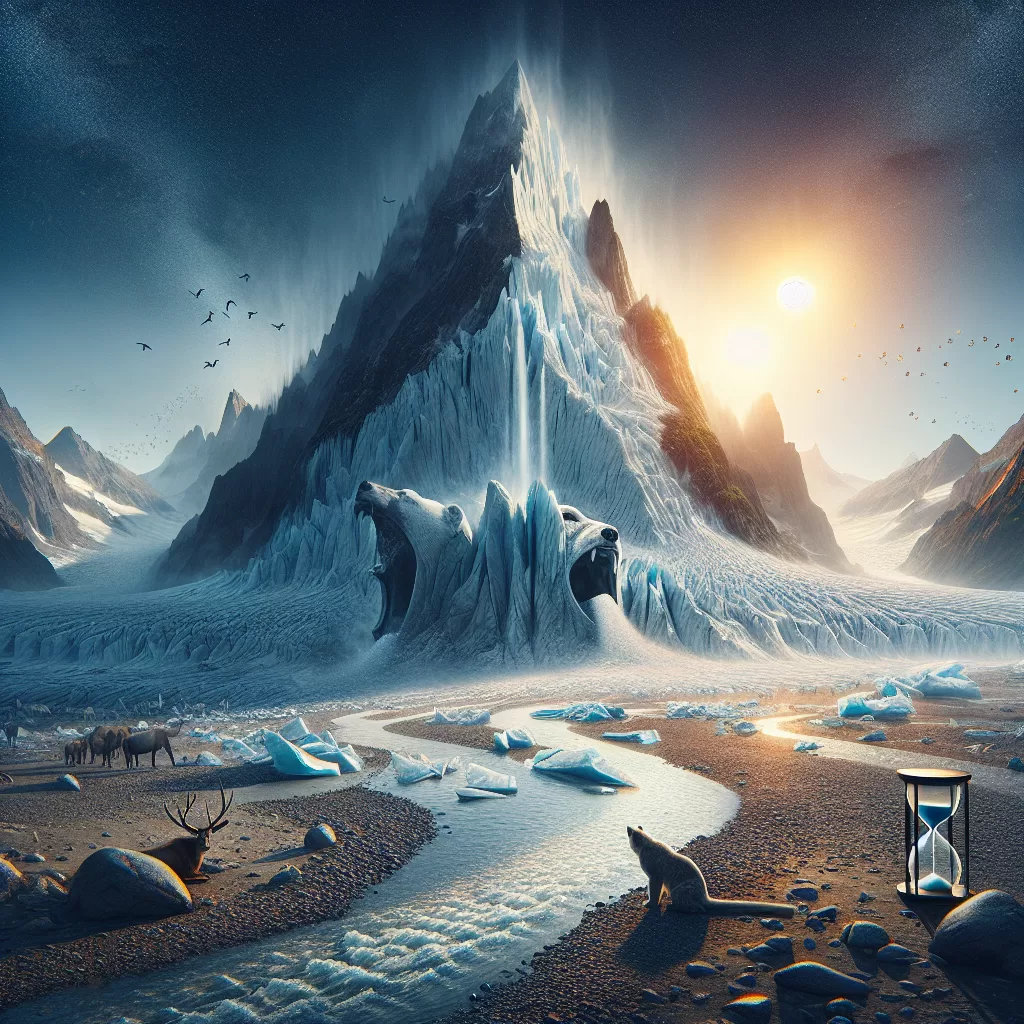Alarmingly, the rate of glacial melting has accelerated over the past decade, with losses exceeding one-third higher than the period between 2000 and 2011. This unprecedented study, a collaborative effort by 35 research teams from around the globe, provides a more precise understanding of how rapidly glaciers are shrinking and their projected future evolution.
Glaciers act as sensitive indicators of climate change. In a stable climate, they maintain a delicate balance between accumulating ice from snowfall and losing it through melting. However, rising temperatures driven by human activities, primarily the burning of fossil fuels, have disrupted this equilibrium, causing glaciers to shrink worldwide over the past two decades.
Between 2000 and 2023, glaciers outside the major ice sheets of Greenland and Antarctica lost an average of 270 billion tonnes of ice annually. To put this staggering figure into perspective, Michael Zemp, director of the World Glacier Monitoring Service and lead author of the study, explains, “This amount corresponds to the water consumption of the entire global population for 30 years, assuming 3 litres per person per day.”
Certain regions have experienced particularly severe glacial retreats. Central Europe, for instance, has lost a shocking 39% of its glacier ice in just over 20 years.
While the accelerating rate of glacial melting was already known, this study’s strength lies in its comprehensive synthesis of evidence from diverse research approaches, including field measurements, satellite data, and modelling techniques. By systematically combining these methods, scientists can now provide more robust and reliable estimates of glacial changes.
The implications of glacial retreat extend far beyond local landscapes and ecosystems. Hundreds of millions of people worldwide rely on seasonal meltwater from glaciers as a crucial source of freshwater, acting as natural buffers against drought. As glaciers disappear, so too does this vital water supply.
Moreover, glacial melting contributes significantly to global sea-level rise, exacerbating the risk of coastal flooding for millions living in low-lying areas. Prof. Andy Shepherd from Northumbria University emphasizes, “Every centimetre of sea-level rise exposes another 2 million people to annual flooding somewhere on our planet.”
The study underscores the urgent need for decisive action to mitigate climate change and its cascading effects. Prof. Zemp warns, “Every tenth of a degree of warming that we can avoid will save some glaciers and prevent further damage.” Failure to curb greenhouse gas emissions could result in the loss of nearly half of the world’s glacier ice by the end of the century, with severe consequences for water security, ecosystems, and coastal communities worldwide.
Tags: #GlacierMelting #ClimateChange #SeaLevelRise #WaterSecurity #EnvironmentalImpacts

